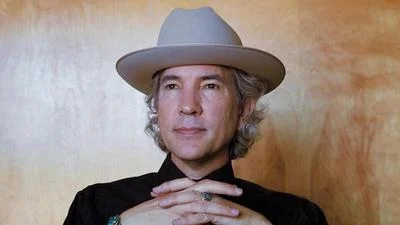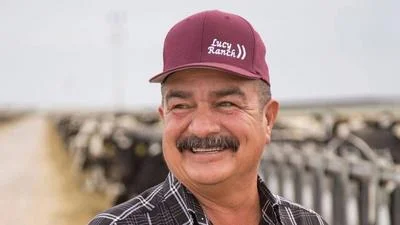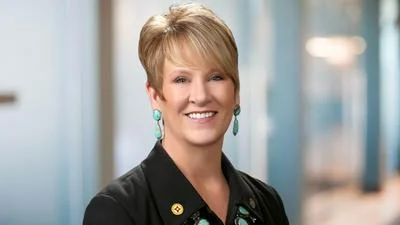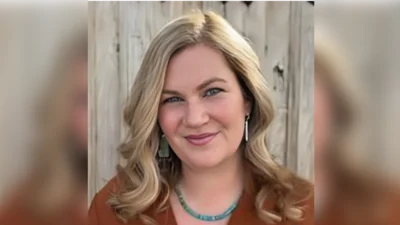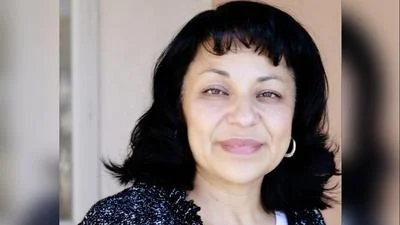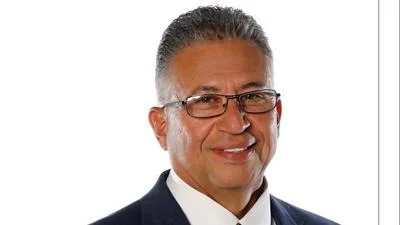City Councilor Isaac Benton is spearheading a proposal to make roads safer by changing one-way streets to two-way lanes and a timed intersection into a four-way stop.
The city has already changed some traffic signals to stop signs downtown and lowered the speed limit to 20 mph in an effort to slow down traffic and make the streets safer. The city also restricted a significant portion along busy 3rd Street to slow drivers down.
Councilor Isaac Benton has been working on Downtown traffic improvements for more than 15 years. ”Small investments in the streets is something the city can really do.” Benton said, per KRQE.
Benton said a major part of the proposal contends one-way streets invite speeding, while oncoming traffic in the opposite lanes tends to slow down drivers. That might be easy to understand, but turning traffic lights into stop signs has some wondering whether that's a good idea.
“I don’t have that much faith in four-way stops, to tell you the truth, over traffic lights because it would demand people to know what the actual four-way stop is,” Ryan Day, an Albuquerque pedestrian told KRQE.
The proposal in its entirety will be heard by the city council on June 21 at the Vincent E. Griego Council Chambers, basement level of the City of Albuquerque Government Center, 1 Civic Plaza NW, Albuquerque. All meetings are open to the public and begin at 5:00 p.m. unless another time is indicated on the agenda.
A spokesperson for the city’s Department of Municipal Development told KRQE a complete study must be done to determine whether the changes are warranted.
Four years ago, Benton proposed lowering the speed limit for most of downtown to 20 mph per hour. “A pedestrian who is hit by a car going 20 miles-per-hour has a 90 percent chance of survival," Benton said at the time. "Same pedestrian, if it’s hit by a car going 30 miles-per-hour, has a 50 percent chance of survival."
It was also one of his early calls for more stop signs and two-way streets. “It’s really just a matter of changing some striping and some signage more than anything," he said. "It’s not a big project.”

